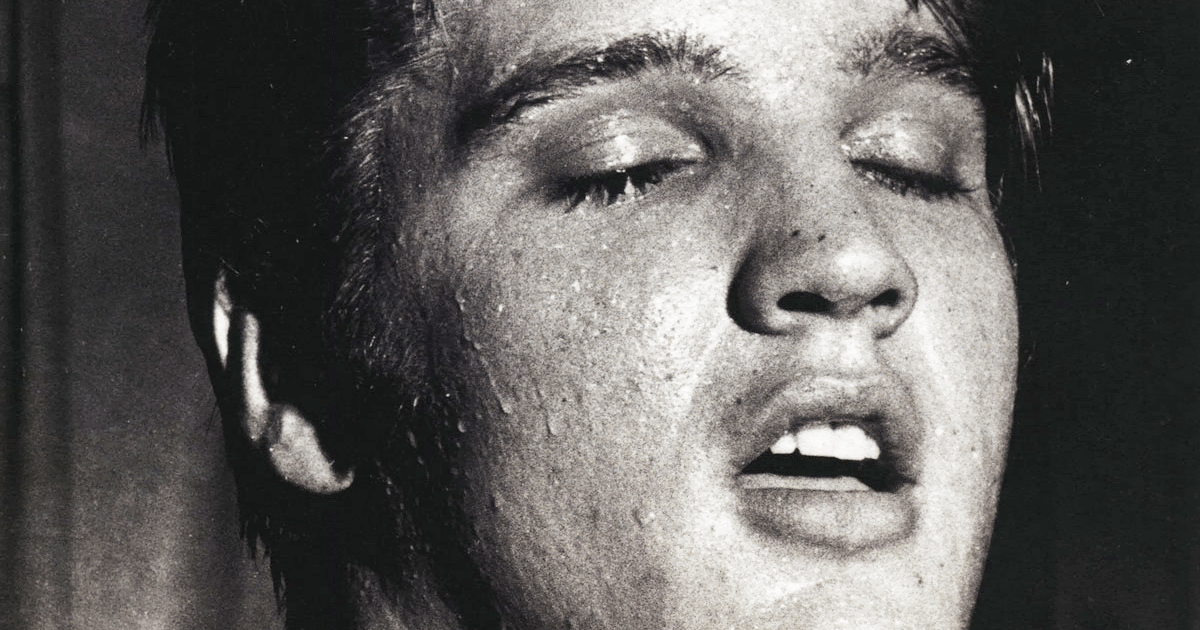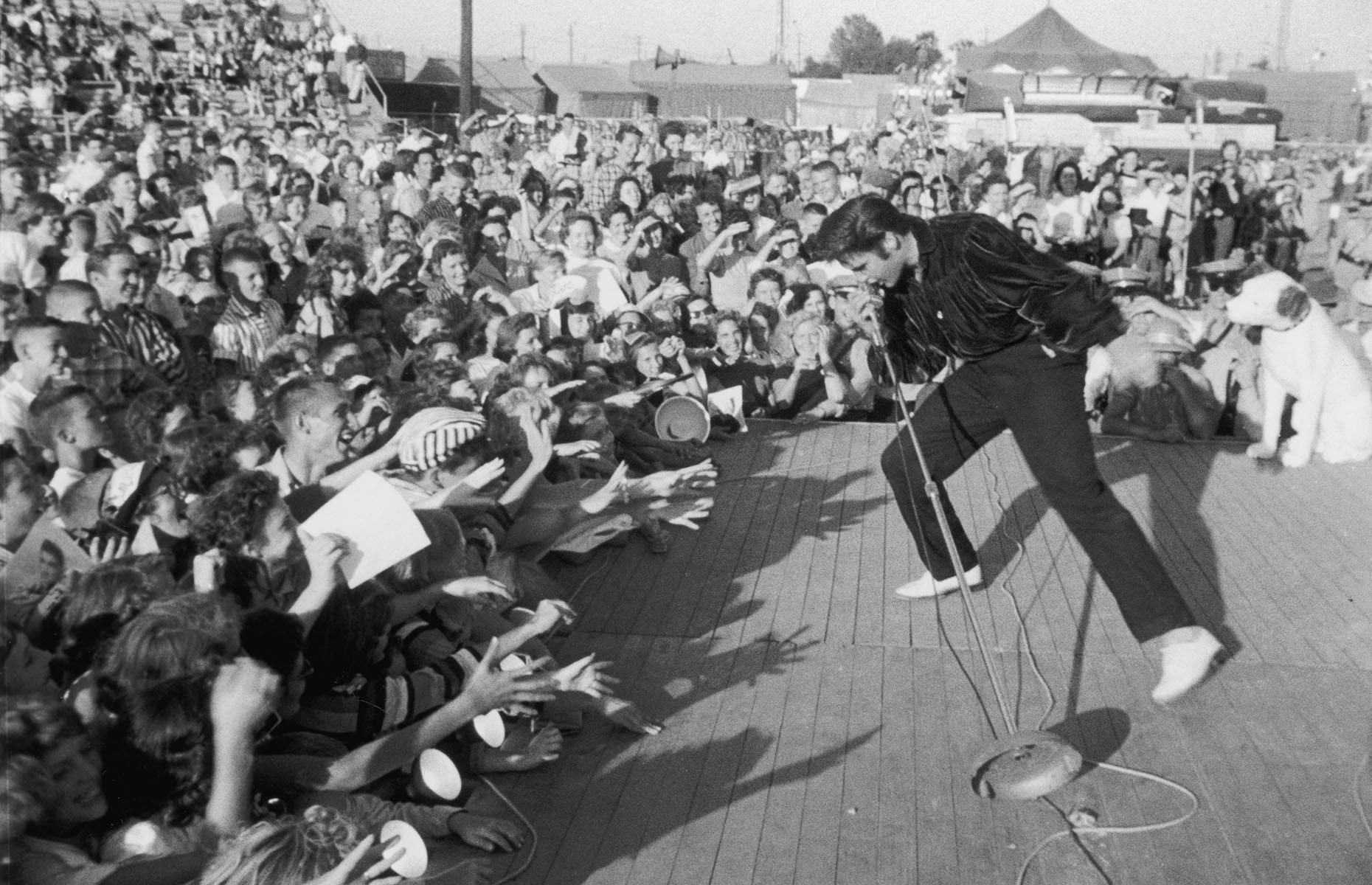“Trying to Get to You” by Elvis Presley: A Perfect Blend of Rock and Roll and Blues, Essential to His Musical Legacy.0h
“Trying to Get to You” is one of the standout songs in Elvis Presley’s career, showcasing his exceptional ability to convey powerful emotions through music. Originally written by Rose Marie McCoy and Charles Singleton, it was first recorded by The Eagles in 1954. However, it was Elvis Presley’s version, recorded in 1955 and released by Sun Records, that truly brought the song to fame.

Elvis Presley’s rendition of “Trying to Get to You” offers a perfect blend of rock and roll and blues, two genres he was renowned for masterfully combining. His powerful and emotive voice breathed life into the lyrics, highlighting the story of a man yearning to reunite with his lover, overcoming all obstacles to be with her.
The lyrics of “Trying to Get to You” speak of the protagonist’s determination and resolve as he faces numerous challenges to meet his beloved. This narrative is delivered sincerely and movingly through Elvis’s voice. The climactic points in the song, where Elvis extends his vocal range, truly make the listener feel his longing and pain.
The success of “Trying to Get to You” lies not only in Elvis’s vocal performance but also in his unique performance style. When performing this song, Elvis often displayed his characteristic dynamism and charisma, captivating millions of fans worldwide. The combination of his emotional voice and striking stage presence made this song one of the most memorable pieces of his career.
![]()
“Trying to Get to You” also played a crucial role in cementing Elvis Presley’s position as a pioneer of rock and roll music. This song helped him solidify his reputation and attract a large fan base, especially among the youth of that era.
In conclusion, “Trying to Get to You” is a clear testament to Elvis Presley’s talent and influence in the music industry. With his powerful vocals and captivating performance style, Elvis turned t his song into a symbol of unwavering love and overcoming hardships. It remains not only one of his most memorable works but also an indispensable part of Elvis Presley’s great musical legacy.
Elvis Aaron Presley, often referred to as the “King of Rock and Roll,” was born on January 8, 1935, in Tupelo, Mississippi, USA. He rose to prominence in the mid-1950s, becoming one of the most iconic and influential figures in the history of popular music. Presley’s musical journey began at an early age when he started singing in church and listening to various genres of music, including gospel, blues, and country. In 1954, he signed a recording contract with Sun Records, where he began his career blending elements of rockabilly, rhythm and blues, and country music. His breakthrough came with the release of his first single, “That’s All Right,” followed by a string of hits such as “Heartbreak Hotel,” “Hound Dog,” and “Jailhouse Rock.” With his charismatic stage presence, distinctive voice, and provocative dance moves, Presley captured the hearts of audiences worldwide, revolutionizing the music industry and popular culture. Presley’s impact extended beyond music; he also found success as an actor, starring in a series of films throughout the 1960s. Despite his commercial success, he faced criticism from some quarters for his crossover into mainstream entertainment and the perceived dilution of his musical authenticity. Throughout his career, Presley struggled with the pressures of fame, leading to personal challenges, including substance abuse and health issues. Despite these obstacles, he remained a beloved figure, revered for his contributions to music and his enduring legacy. Tragically, Elvis Presley passed away on August 16, 1977, at the age of 42, leaving behind a legacy that continues to resonate with generations of fans. He was posthumously inducted into the Rock and Roll Hall of Fame, and his music remains a timeless testament to his enduring talent and cultural impact.

